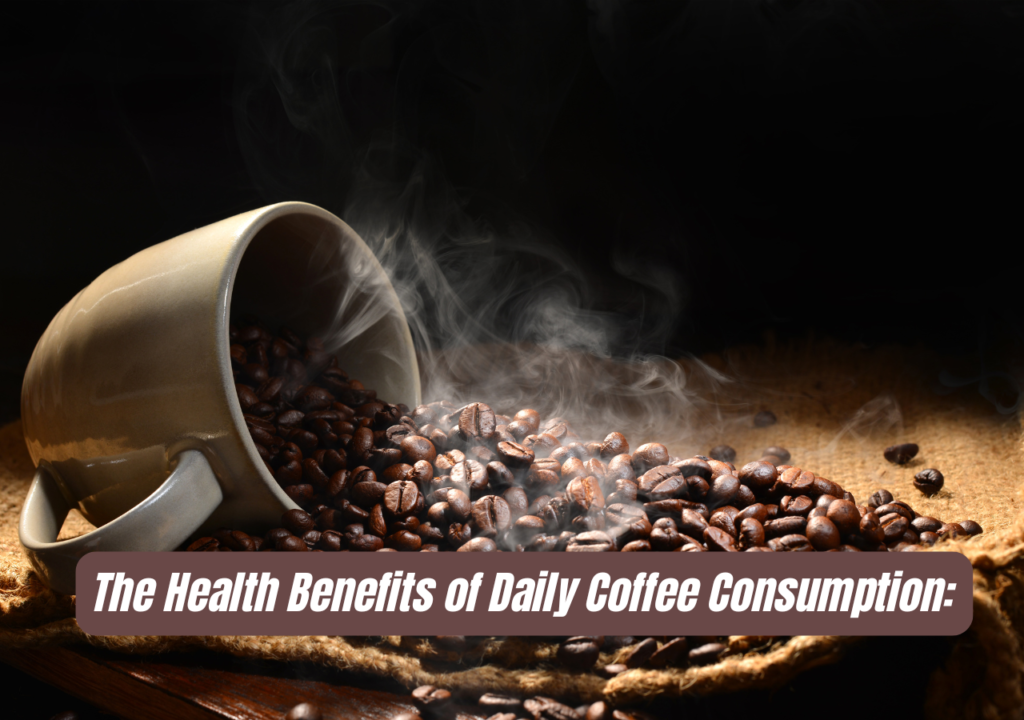Top 10 Handmade Painting Styles of the World
Introduction
Art is a language that speaks to people of all backgrounds and cultures. Painting is a specific kind of art among many other kinds of art. It is a creative, emotional, and intellectual outpouring that has been caught on canvas. The world’s handmade painting styles are very diverse, with each having its own special methods, supplies, and background. The top ten handpainted painting styles that have enthralled art enthusiasts and collectors for millennia will be discussed in this article.
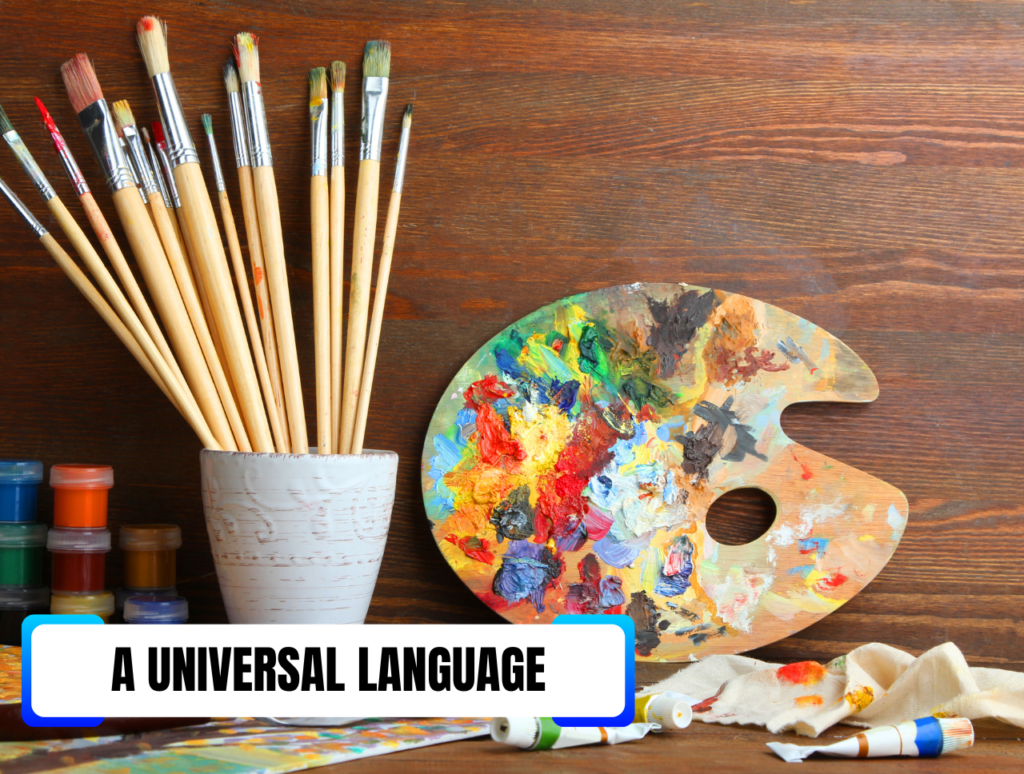

1. Watercolor Painting
One of the earliest and most widely used painting mediums is watercolour. Watercolour painting is a technique that uses pigments dispersed in a water-based solution and is renowned for its delicate and translucent properties. These pigments are applied to paper by artists using brushes, producing results that are brilliant and delicate.
History and Techniques
Ancient Egyptian papyrus contain some of the earliest known examples of watercolour painting. The method became well-known during the Renaissance and has since developed further. In order to create a variety of effects, contemporary watercolorists experiment with varied methods like glazing, dry brushing, and wet-on-wet.
Famous Watercolor Artists

John Singer Sargent
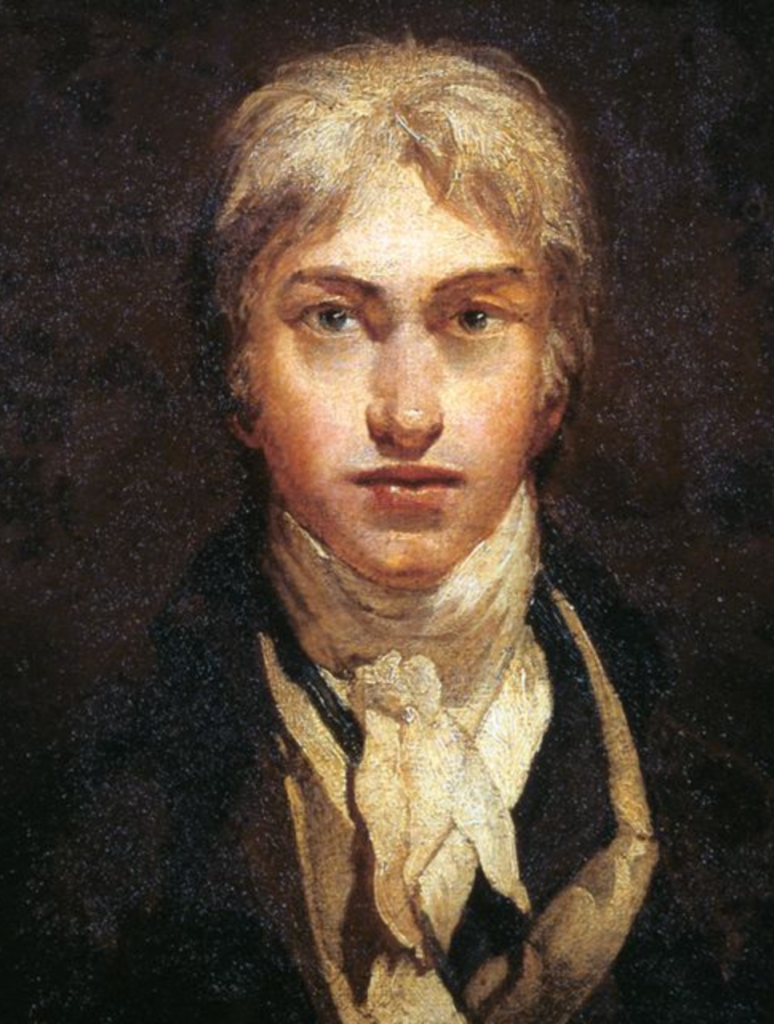
J.M.W. Turner
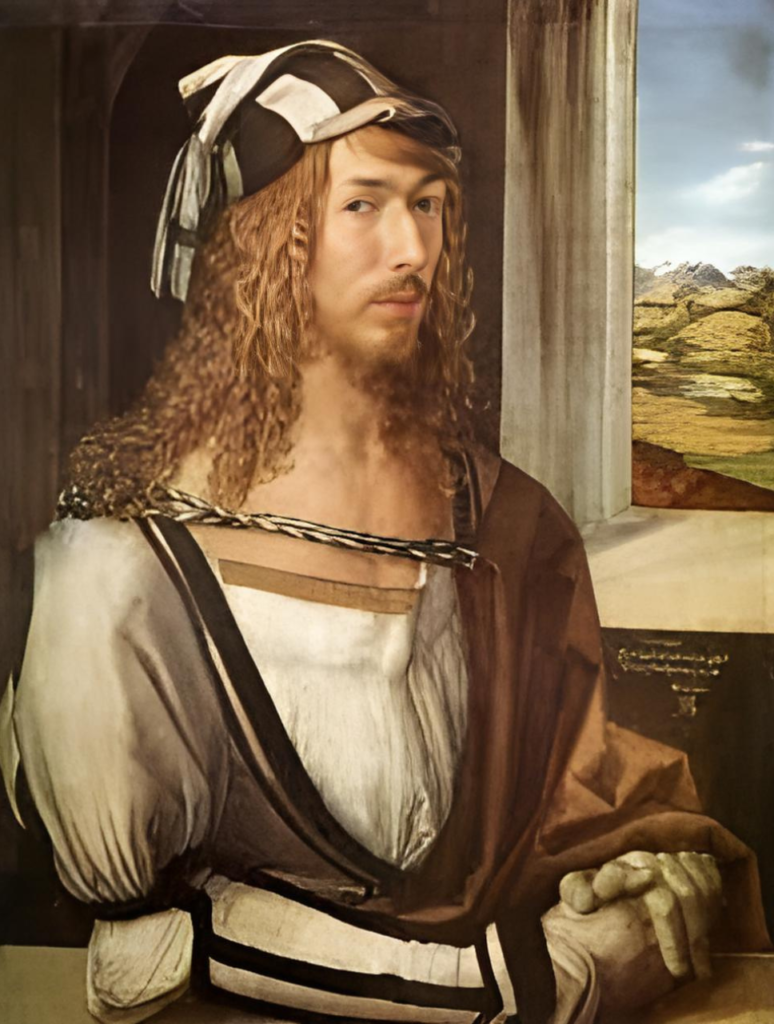
Albrecht Dürer
2. Oil Painting
Artists have utilised oil painting as a flexible and long-lasting medium for millennia. To get a glossy, rich finish, pigments are mixed with a binder, usually linseed oil. Vibrant colours and intricate textures are possible with this style.
History and Techniques
Although oil painting dates back to the 7th century, Flemish artists such as Jan van Eyck helped it become widely popular in the 15th century. In oil painting, methods like glazing, impasto, and scumbling are frequently employed to develop layers and provide depth.

Famous Oil Painters
Leonardo da Vinci

Rembrandt van Rijn
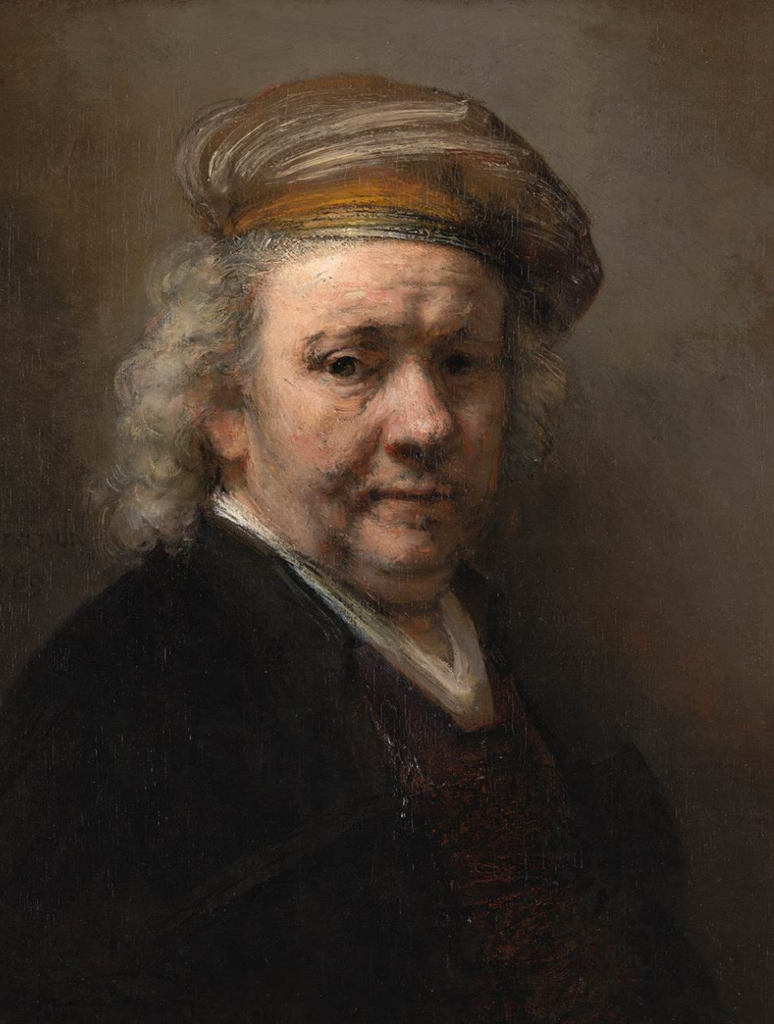
Vincent van Gogh

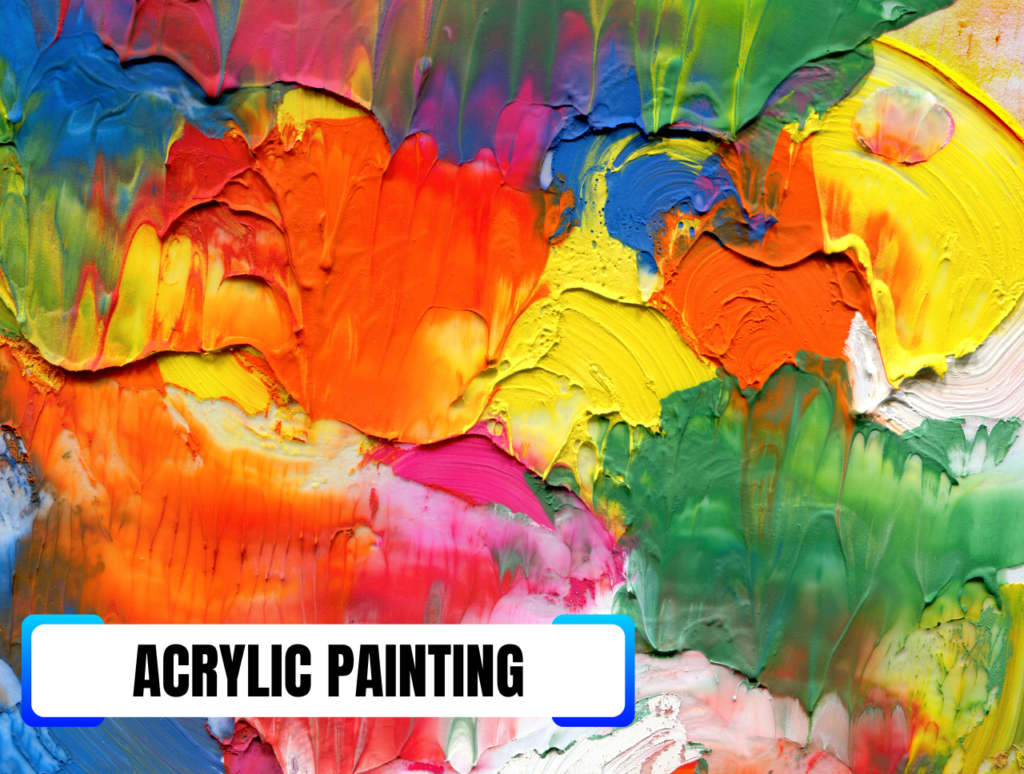
3. Acrylic Painting
A comparatively new painting style that first appeared in the 20th century is acrylic painting. Acrylic paints are a flexible medium for artists since they are water-soluble and fast-drying. Thick, textural layers and watercolor-like washes can both be produced using them.
History and Techniques
When acrylic paints were initially created in the 1940s, their flexibility and durability led to their rapid rise in popularity. Pouring, splattering, and layering are common artistic methods used to produce dynamic and abstract compositions.
Famous Acrylic Artists
Helen Frankenthaler
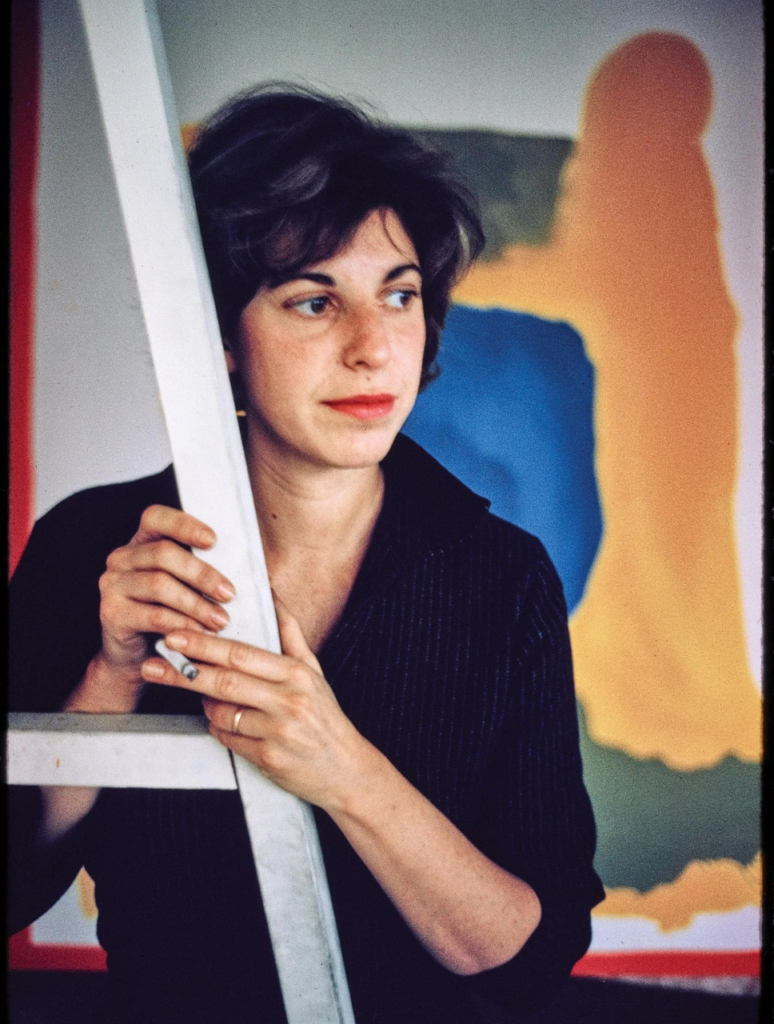
Andy Warhol

David Hockney

4. Fresco Painting
An age-old mural painting method called fresco painting entails painting pigments onto recently poured lime plaster. This technique produces colourful, long-lasting artwork that is frequently seen on building ceilings and walls.
History and Techniques
Although the fresco method extends back to ancient Greece and Rome, works of art such as Michelangelo’s Sistine Chapel during the Renaissance marked its zenith. While “fresco secco” is painted on dry plaster, “buon fresco” is painted on wet plaster.

Famous Fresco Artists
Michelangelo

Giotto di Bondone
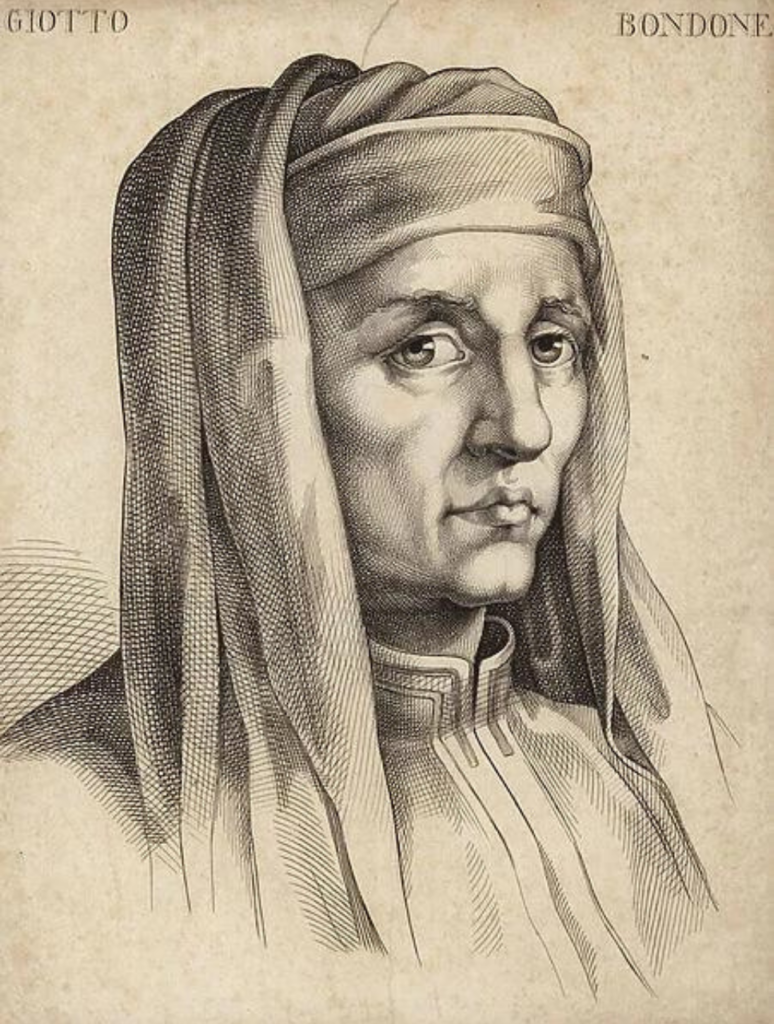
Diego Rivera

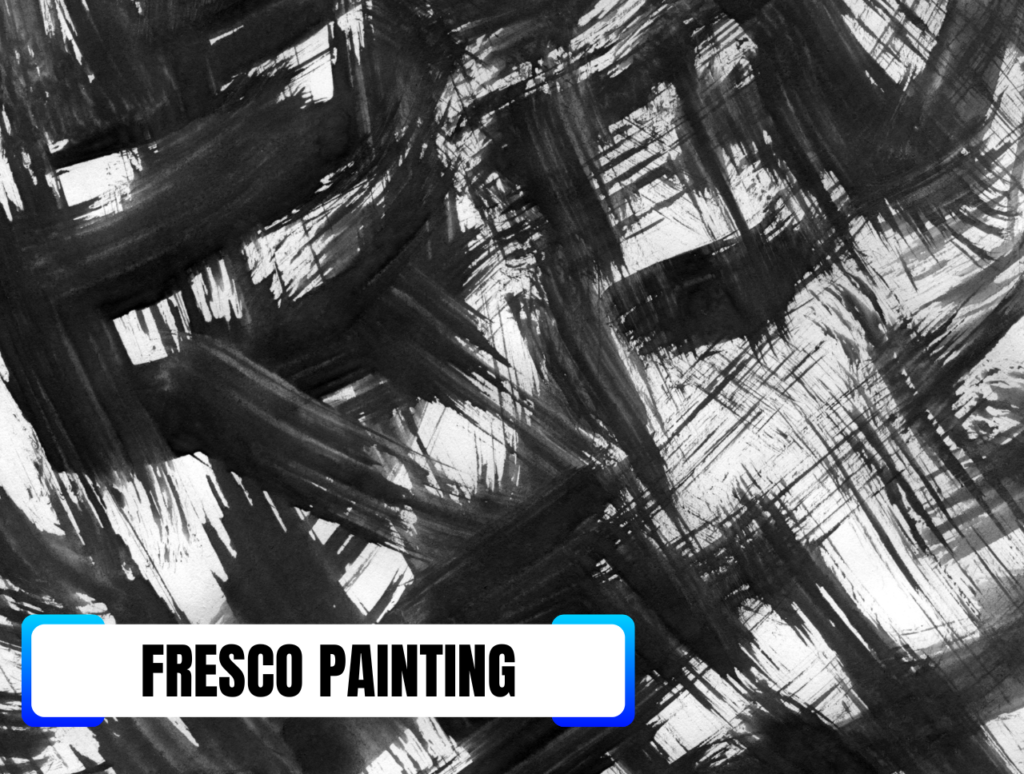
5. Ink Wash Painting
Black ink is used in different concentrations in ink wash painting, a historic East Asian technique sometimes referred to as literati painting. The expressive use of brushstrokes, simplicity, and spontaneity are all stressed in this style.
History and Techniques
Ink wash painting originated in China during the Tang dynasty and quickly expanded to Korea and Japan, where it became an important aspect of their cultural legacies. Gradients and textures can be produced by adjusting brush pressure and dilution.
Famous Ink Wash Artists
Qi Baishi
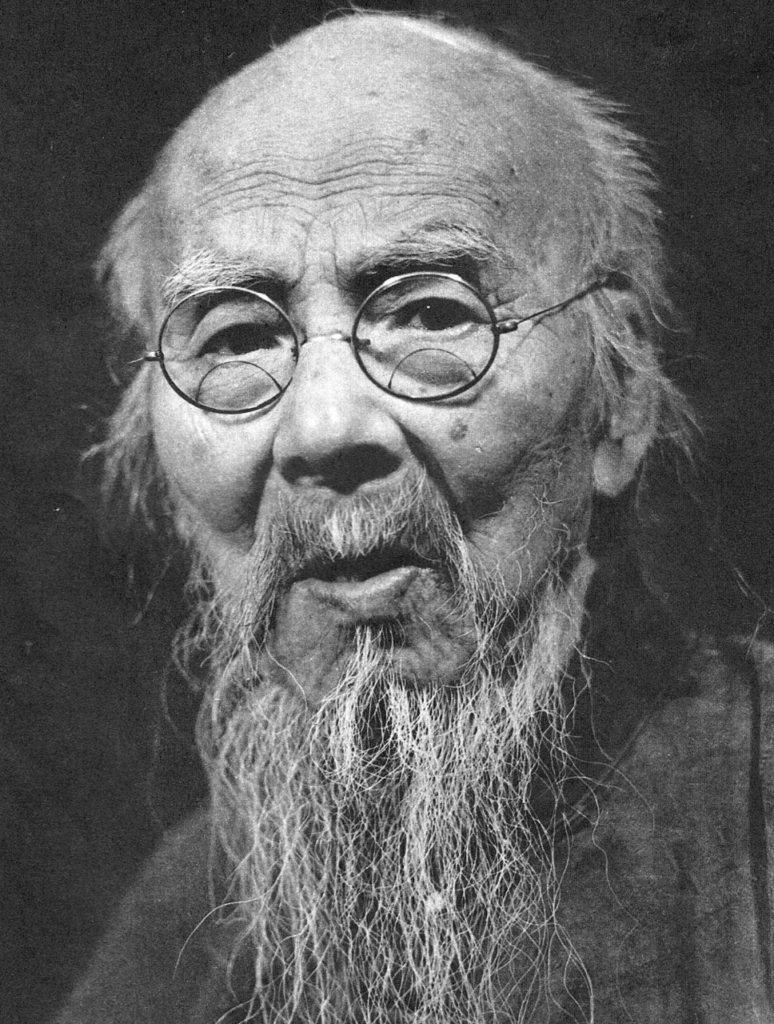
Shen Zhou

Sesshū Tōyō

6. Pastel Painting
In pastel painting, smooth, velvety textures are produced by applying sticks of pure powdered pigment. There are several types of pastels, such as oil, hard, and soft pastels, and each has a unique set of effects.
History and Techniques
Pastel painting became popular in the 18th century, particularly among portrait artists. Techniques include blending, layering, and feathering to achieve smooth transitions and detailed highlights.
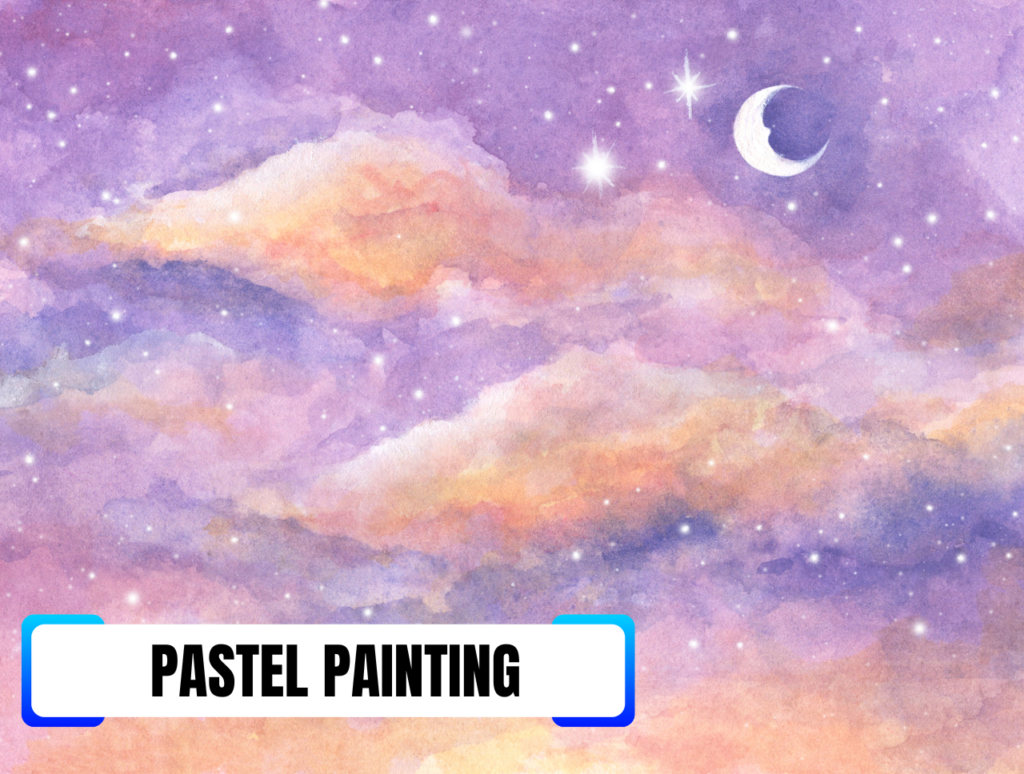
Famous Pastel Artists
Edgar Degas
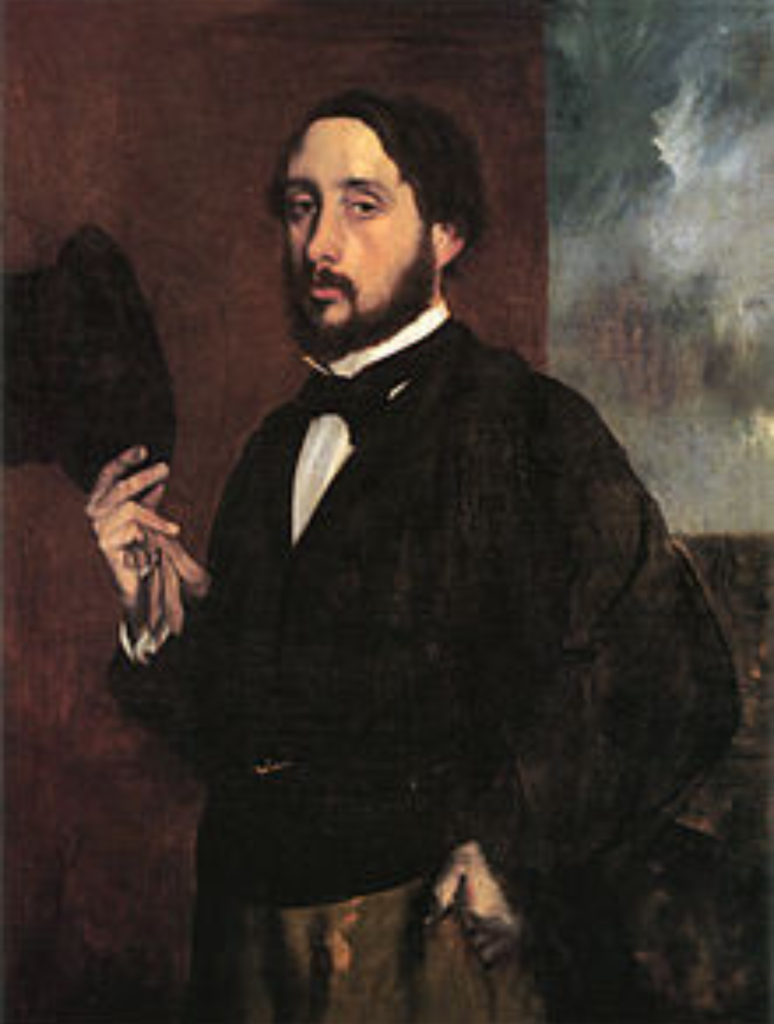
Mary Cassatt

Jean-Baptiste-Siméon


7. Encaustic Painting
Encaustic painting, also known as hot wax painting, involves using heated beeswax mixed with colored pigments. This ancient technique creates rich, textured surfaces that are both durable and luminous.
History and Techniques
Encaustic painting dates back to ancient Egypt and Greece. Artists use heated tools to manipulate the wax and create intricate details. Techniques include layering, scraping, and fusing to achieve different textures.
Famous Encaustic Artists
Jasper Johns

Ancient Artists

8. Tempera Painting
Tempera painting is a fast-drying medium made by mixing colored pigments with a water-soluble binder, such as egg yolk. This technique produces precise, detailed, and long-lasting artworks.
History and Techniques
Tempera painting has been used since antiquity, notably during the Byzantine and Early Renaissance periods. Artists apply thin layers of paint, building up to create depth and luminosity.

Famous Tempera Artists
Sandro Botticelli

Fra Angelico

Duccio di Buoninsegna
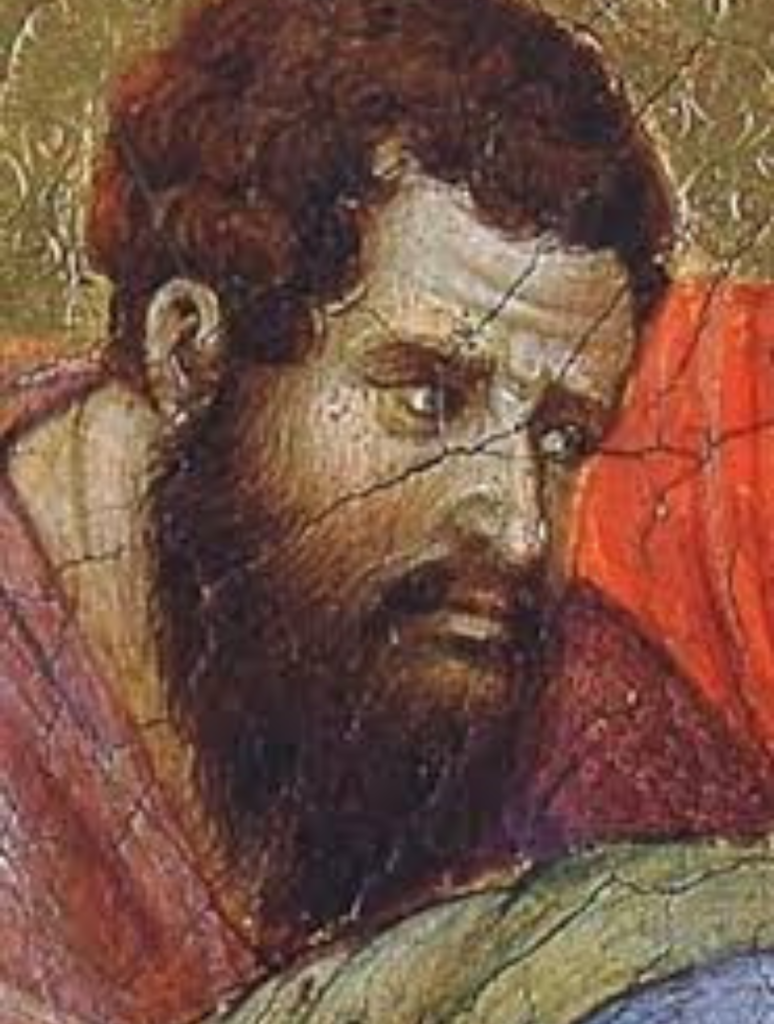

9. Gouache Painting
Gouache painting is similar to watercolor but with a higher pigment content, making it more opaque and reflective. It combines the fluidity of watercolor with the vibrancy of acrylics.
History and Techniques
Gouache has been used for centuries, particularly in illuminated manuscripts and commercial art. Techniques include wet-on-wet, dry brush, and layering to create bold and striking images.
Famous Gouache Artists
Henri Matisse

Marc Chagall
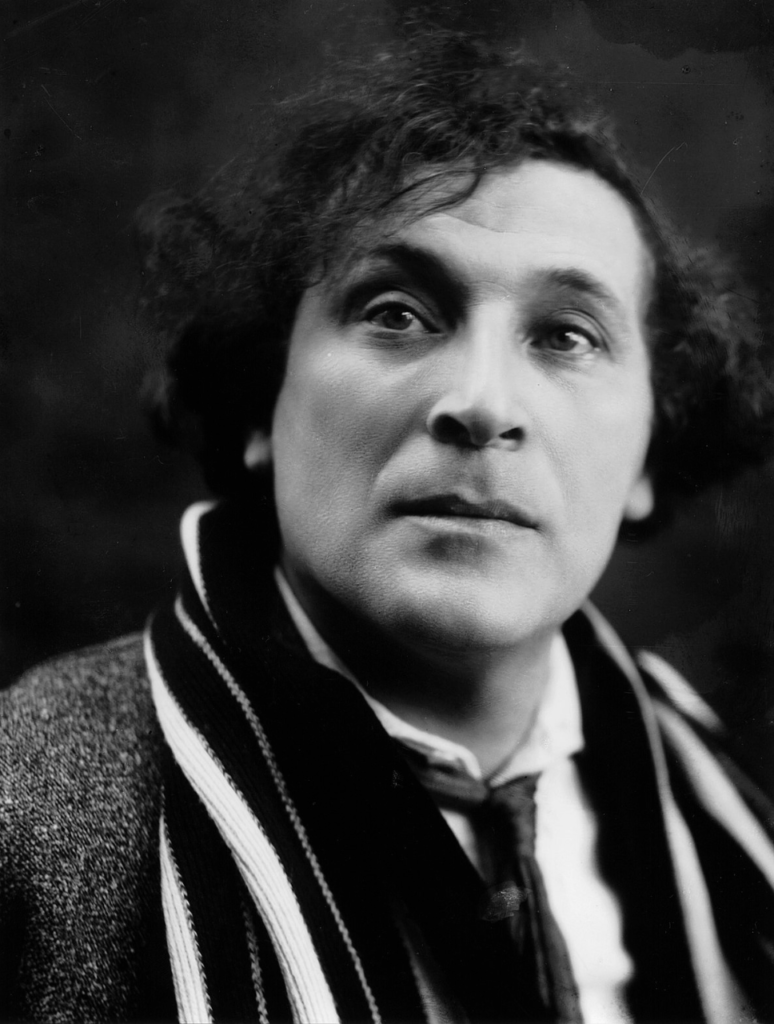
Salvador Dalí

10. Pointillism
Pointillism is a unique painting technique that uses small, distinct dots of color to form an image. When viewed from a distance, the viewer’s eye blends the dots, creating a cohesive and vibrant picture.
History and Techniques
Developed in the late 19th century by Georges Seurat and Paul Signac, Pointillism is a branch of Impressionism. Artists use precise, methodical dot placement to achieve optical color mixing and luminosity.
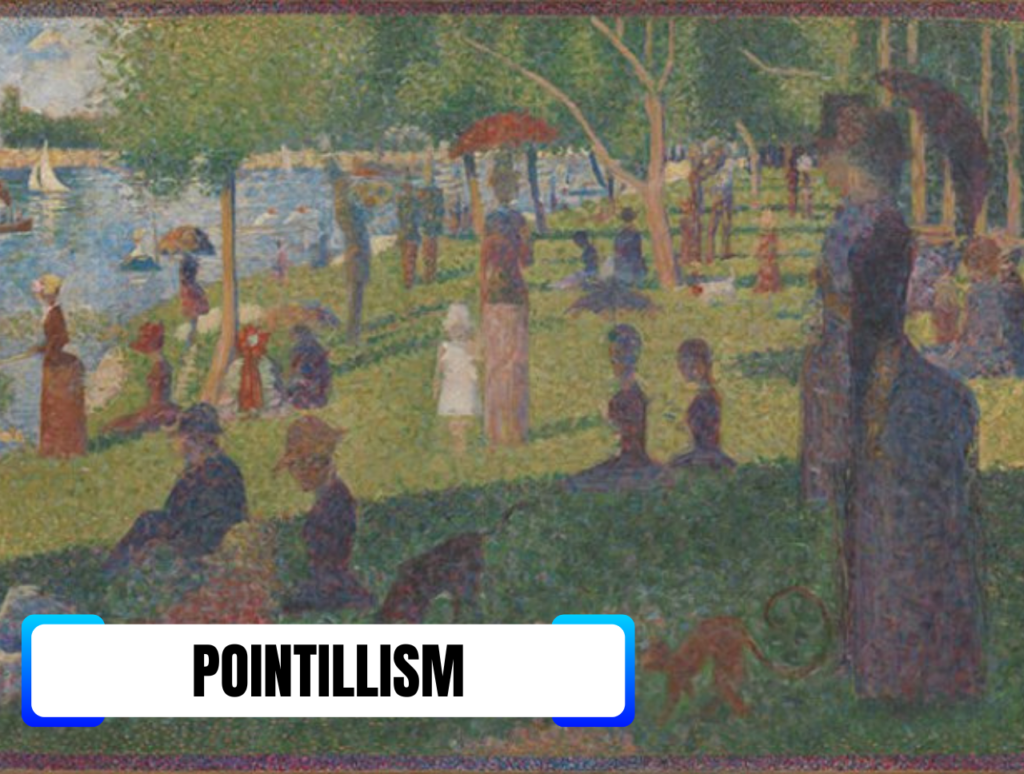
Famous Pointillist Artists
Georges Seurat
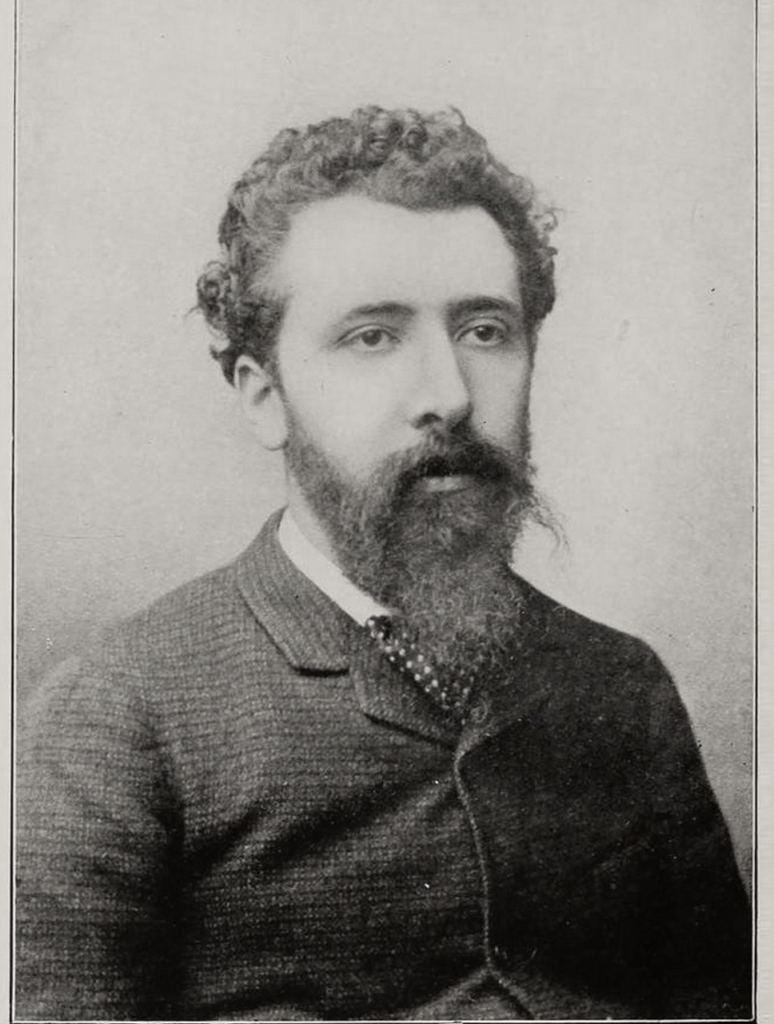
Paul Signac

Vincent van Gogh

conclusion:
In conclusion, the exploration and practice of diverse handmade painting styles is essential for the richness and continued evolution of art. It empowers artists, informs viewers, and connects us to the artistic expressions of humanity across time and cultures.
The Importance of Regular Dental Check-ups: Preventing Major Oral Health Issues
Caring for the health of teeth is very crucial to one’s health of the body….
Is Social Media Bad for Mental Health?
Is Social Media Bad for Mental Health? Exploring the Impact on Well-Being Social media has…
Probiotics Specially Designed for the Health of Your Teeth and Gums
Brand New Probiotics Specially Designed For TheHealth Of Your Teeth And Gums Try ProDentim: a unique…
The Health Benefits of Daily Coffee Consumption: Boost Your Focus, Mood, and More
Introduction: Coffee can be described as one of the most popular beverages in the globe,…
Top 5 Amazon Coffee Makers for Perfect Brews: Discover Your Ideal Coffee Machine
offee occupies an important place in many people’s lives, it is not only drink which…
Top 5 Best Coffee Shops in New York for a Perfect Coffee Date
When it comes to choosing the perfect coffee shop for a romantic coffee date in…





